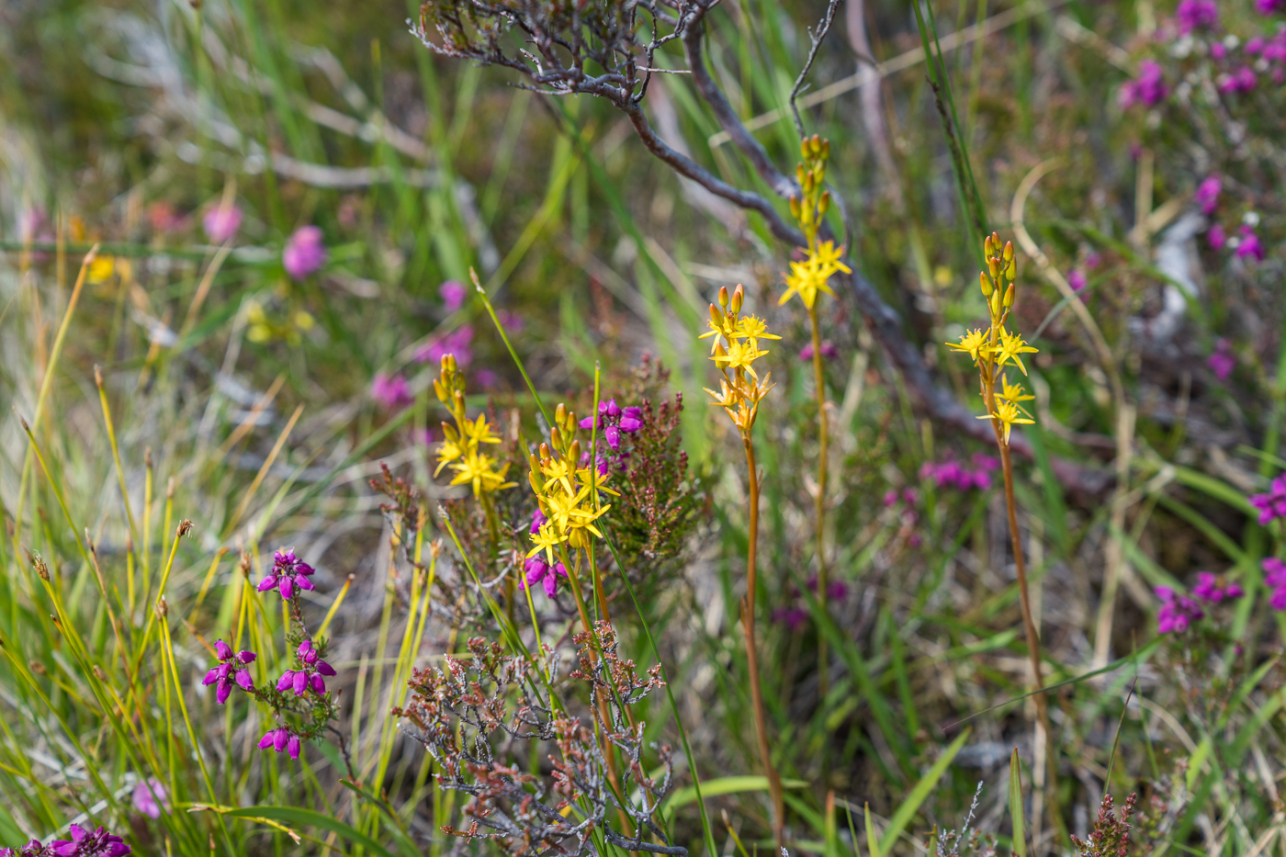Wild Moment: Stephen McCarthy
Beekeeper Stephen McCarthy discovers how wild honey bees offer vital lessons for saving the world's managed bee colonies - thanks to Thomas Seeley's book The Lives of Bees.
It is said that 95 per cent of the honey bees in the British Isles live in managed
apiaries. My own experience as a beekeeper and an observer of the natural
world would confirm this, but I don't know of any scientific work on this topic.
Not so in the US where Professor Thomas Seeley studied wild honey bees in the
forests of upstate New York since the 1970s.
Crucially, his studies span the periods both before and after the catastrophic arrival of varroa, a parasitic mite of bees that spread from Asia to the US in 1987 (and the UK in 1992). As such, he is able to highlight how the wild bees of Ithaca, New York were as devastated as any other bee population, but recovered. The surviving bees live with varroa through “deploying a diverse set of behavioral resistance weapons”. Here in the UK, beekeepers still tackle varroa through the use of chemicals that are no good for the bees either.
One of the crucial questions Professor Seeley’s book asks of beekeepers
is how well do we keep our bees, judged against how they keep themselves?
We do not come out of it with flying colours, as the following points illustrate:
- Wild bees are descended from stock which have survived in the local environment for a long period, whereas beekeepers move hives about, buy and sell bees across the country and import queens internationally.
- Wild bees live in low densities in a forest environment, whereas beekeepers crowd hives together in apiaries. The crowding isn’t the only issue. Hives are nearly always arranged in a nice neat straight line. This encourages ‘drifting’ of bees down the line, entering the wrong hive and therefore being a vector for disease and contagion.
- Wild bee colonies tend to occupy small nest cavities, whereas beekeepers give bees large hives.
- Wild bees coat the inside of their nests with propolis, whereas beekeepers’ hives are smooth internally and the bees do not propolise. (Propolis is a resin substance that bees make which is anti bacteriological, waterproof and aids condensation control in the nest.)
- Wild bees’ nests are well insulated by virtue of being inside trees, whereas beekeepers’ hives have thin walls.
- Wild bees’ nests are typically four to eight metres above the ground, whereas beekeepers’ hives are at knee level.
- Wild bees’ nests are not regularly disturbed, where as beekeepers open their hives up and lift out every frame, once a week at some times of the year.
Given how, as the author details, wild bees generally keep themselves much better than us beekeepers do, I will now radically change my beekeeping practice. But the big prize is still a way off. Rewilding will ultimately give us access to varroa resistant strains of bees. And the more wild bees that develop resistance, the bigger the resource for beekeepers to sip from and the less need there will be for chemical treatments.
This book deals with many other interesting issues: how to find bees in the
wild; bee lining; the annual cycle within the hive; the different roles for adult
bees as they mature within the hive and many more. It is a searchlight into a dark area that most people interested in nature know very little about.
I cannot recommend this book highly enough. It is strong science written in
plain English. It is of obvious interest to beekeepers, but it should be of
interest to anybody with a curiosity about the natural world.
- Stephen McCarthy is an Inverness-based beekeeper and Trust Member.
- The above is an extended version of Stephen's review of The Lives of Bees: The Untold story of the Honey Bee in the Wild by Thomas D. Seeley, submitted for the Spring 2021 edition of the John Muir Trust's Members' Journal.
- For more information, Stephen suggests you read Professor Seeley and renowned Scottish bee expert Ann Chilcott's account of wild bee hunting in Cawdor woods.
- Inspired to submit your own Wild Moment? Find out how here.
